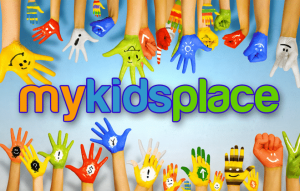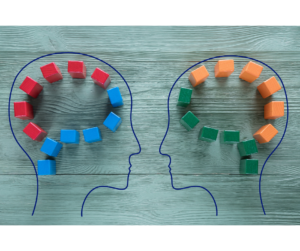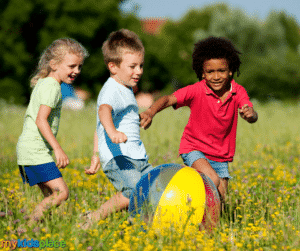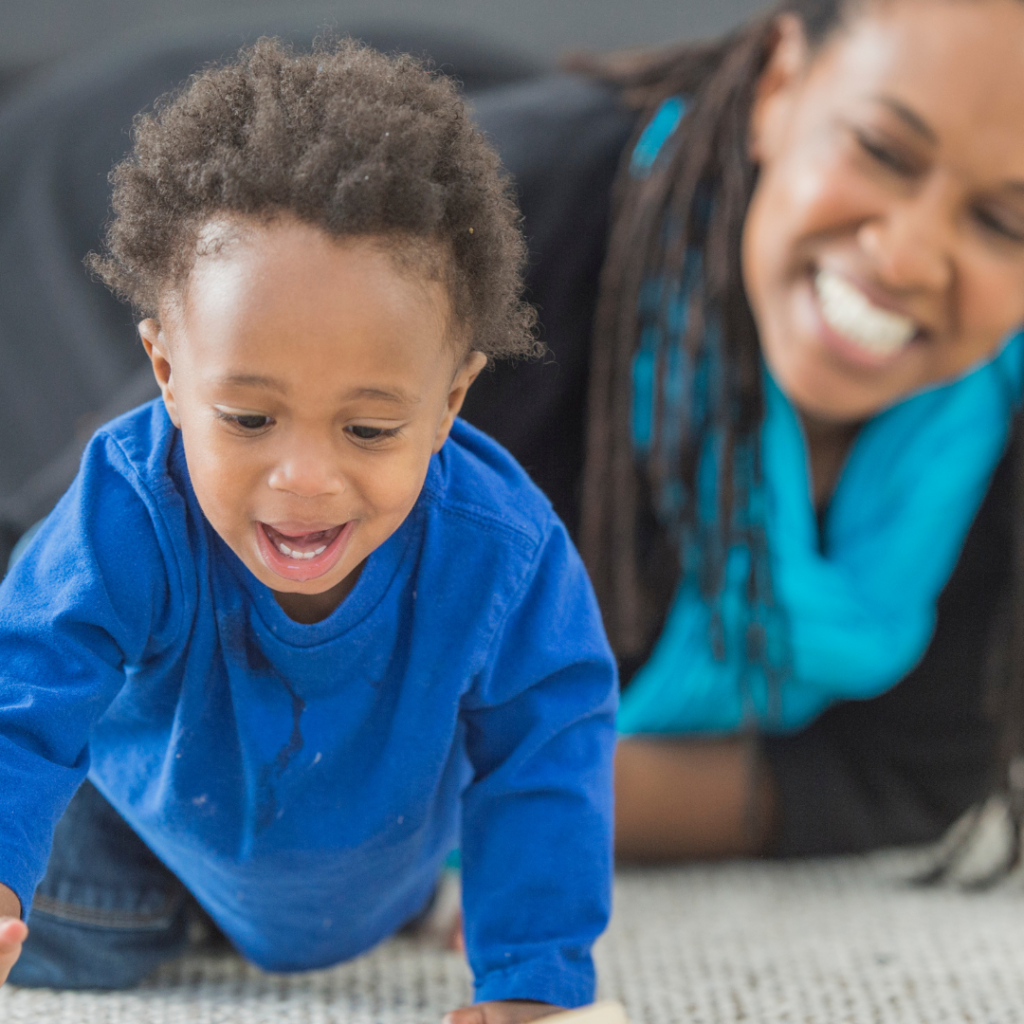
Is crawling an important milestone in child development?
Short answer…YES!
Parents often ask me if their child needs to crawl. Some mention they themselves never crawled, or their other children did not crawl and they walked on-time. My answer? I highly recommend your child learns how to crawl before walking.
If you would like to know how crawling benefits your child, continue reading below!
First, what is crawling? Creeping?
Crawling is the action of moving the body forward with reciprocal movements of the arms and legs while the belly is on the ground. This term is commonly used for what pediatric physical therapists call “creeping.” Creeping is the act of crawling forward on hands-and-knees with the belly lifted. This is a more advanced skill as it requires more shoulder, hip, and core strength than crawling on your belly. For this blog post, I will be focusing mostly on the benefits of creeping.

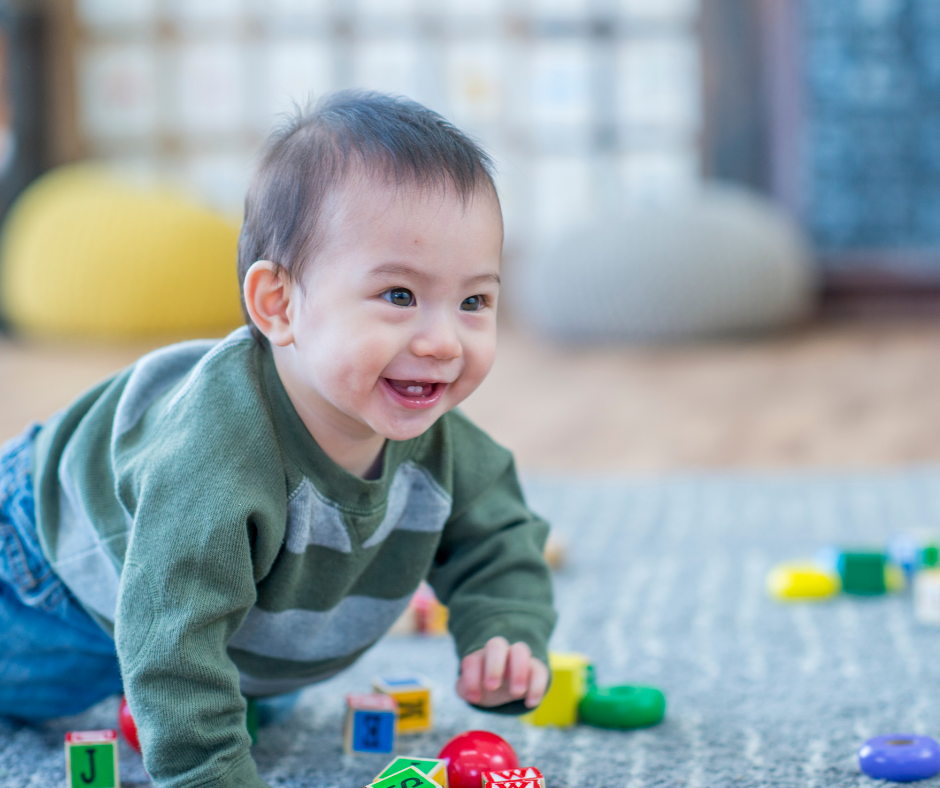
What are the benefits of creeping?
Creeping is beneficial in so many ways. It strengthens the foundation for higher level gross motor development, fine motor skills, sensory integration, cognitive development, and social development. McEwan et al. even found that children that had crawled as infants scored better in sensory and motor subtests of the Miller Assessment for Preschoolers (1991). Below are brief descriptions of how impactful creeping can be on your baby’s development.
Gross Motor Development
Core and Hip Strength
Creeping is an intermediate step between being on our bellies and learning to stand and walk. As we push up onto our hands and knees, we have less of our body supported by the floor which takes a lot of strength! We need strength in our hips to push us forward and strength in our core to keep us balanced. The muscles we develop by creeping across the floor and eventually climbing over obstacles are the same muscles used for beginning to pull to stand and walk alongside furniture. Without strong hips, babies often struggle to push themselves up into standing.
Ever tried a plank exercise? Well, the creeping position is your baby’s first plank! It is challenging at first, but with practice the core muscles build strength and stamina. Without strong cores, babies are less able to keep their bodies centered over their base of support which results in a lot more falls later on!
Postural Stability and Protective Reactions
Creeping with an alternating pattern of moving our opposite arms and legs forward results in rotation at our trunks. This motion is seen later in walking and helps with natural, reciprocal arm swing. Trunk rotation causes co-activation of the core muscles and improves postural stability or our ability to keep our bodies upright over our limbs.
With creeping, the body is elevated from the surface at arm’s length. This may not seem like much, but it is a BIG difference when compared to having the belly fully in contact with the floor during crawling or tummy time. When this is a new skill, falls happen! The good news? Each fall results in a learned response with the arms moving more quickly to catch ourselves. It is a lot safer to learn how to put out our arms from < 12 inches from the ground in a creeping position than having to learn this for the first time in standing.
Complex Motor Patterns
Both crawling and creeping help promote the development of reciprocal motor patterns which are necessary for mature walking, running, throwing, kicking, and more. These asymmetric patterns are more complex than the symmetric flexion and extension motor patterns we exhibit early on. They involve cross-talk between the right and left hemispheres of the brain. Additionally, practicing these asymmetric motions is important for inhibiting developmental reflexes that no longer benefit us. This reflex integration allows us to progress to more challenging motor and cognitive skills.
Fine Motor Skills
Upper Body Strength and Grasp
Have you noticed that your feet get sore if you walk barefoot through deep sand? There are small muscles in the feet and hands that help keep the bones together when we use them to support our weight. Walking through sand challenges those small muscles in adult feet. This is similar when we begin creeping as infants; the hands are used to support us which helps strengthen the intrinsic hand muscles. These little muscles begin and end in the hand without crossing the wrist. They are important in all skills that require more precise use of our hands and fingers. If creeping is skipped in infancy, those muscles are much more likely to be weak. This can result in fine motor delays. In fact, inefficient pencil grasp in school-age children has been observed when children skipping crawling (Visser and Franzsen 2010).
While I wrote about core strength earlier, creeping also strengthens the muscles of the wrists, elbows, and shoulders. Effective control of the hands starts with stability further up the kinetic chain. In other words, if our shoulders are weak, we have less ability to use our hands in a coordinated way because it is difficult to maintain the position of the arms themselves. If the shoulders and core are weak, we might see a child compensating by leaning onto a surface with their belly or hand. Creeping naturally develops strong, stable shoulders setting one up for better fine motor control in the future.
Hand-Eye Coordination
The creeping position puts our hands directly in front of our faces. Viewing the hands while exploring the environment and navigating obstacles creates a connection between what the visual, tactile, and proprioceptive sensory systems are processing. It is thought that this activity translates into improved hand-eye coordination for later skills like catching a ball.
Sensory Integration
Depth Perception
Similar to how we improve our hand-eye coordination through creeping, we improve our depth perception. Depth perception appears to begin developing prior to crawling ability (Cherry 2020), though is likely refined during the stages of crawling. In the creeping position, there is a set distance from the eyes to the hand on the floor. Understanding this distance helps our visual system begin to recognize when objects are closer or farther away. Poor depth perception can lead to running into walls or falling because obstacles or steps are miscalculated.
Remember when falling was good news earlier in this post? Well, here’s more! Falling while creeping also helps us with depth perception. Funnily enough, a typically developing baby will quickly learn how far away their face is from the ground if they take a nose-dive a few times when learning to creep. Again, this is much less scary for the caregiver AND the child when learned from a quadruped position versus a standing position.
Body Awareness
When we crawl or creep around, the muscles throughout our whole body are working together. This is a form of heavy work that provides proprioceptive input all over the body. The contraction of muscles as we creep around creates pressure throughout our joints which sends signals to our brain about our body’s position. The tactile, or touch, input we receive through the parts of our body that are touching the floor combine with the proprioceptive input and create a mental image in our brain of our body. This allows us to know where our body parts are in space without having to actually see it, commonly known as body awareness. Good body awareness is important for safety; it prevents us from hitting our heads on low-hanging obstacles! It also is important for motor planning more challenging tasks. Clumsiness and a lack of coordination can be signs of poor body awareness.
Cognitive Development
Problem-Solving
Problem-solving is not solely developed through creeping and their are other ways to help your child strengthen this area of cognitive development. However, being able to move yourself from point A to point B results in increased opportunities to problem-solve as more obstacles are faced by a baby that can crawl around. A baby that is independent in their ability to explore their environment has an advantage over a baby restricted to wherever they are placed simply because they can seek out new challenges.
Spatial Awareness
Infants that could crawl showed signs of recognizing objects in different orientations whereas infants that could not crawl responded to the objects as if they were new to them (Schwarzer et al. 2013). This indicates that infants that crawl have better spatial awareness and understanding of objects, even if they have not directly interacted with them.
Memory
Interestingly, a 2007 study found a correlation between memory and crawling by comparing babies of the same age that could or could not crawl (Herbert et al. 2007). Infants that had spent time crawling compared to infants that did not crawl by 9-months-old demonstrated better ability to remember where an object was in different contexts. The babies in the study that did not crawl were only able to remember where the object was only when the environment was kept the same. This indicates that the crawling group of 9-month-old infants had more flexible memory retrieval. In this study, crawling included both belly crawling and creeping as long as the child was able to move forward.
Social Development
There are links between increased independent mobility and increased social interactions, including advances in language development (Walle and Campos 2014; Walle and Warlaumont 2015) . The evidence supports a relationship between social engagement, expressive language, and onset of walking. However, there is limited research comparing non-crawlers to crawlers at pre-walking stages. I hypothesize that any independent mobility, such as creeping, fosters social development by allowing the child to enter social situations on their own and play in a more active way. Picture when a parent chases their creeping child around a coffee table. Often, this game results in laughs and smiles and the child continues to engage the parent to play more. Children that are unable to move toward their parent are only able to initiate social interactions when the parent is nearby. Creeping bridges the gap between sitting and walking, and likely plays an important role in advancing social development.
In Summary…
Though more research is warranted, most developmental experts agree: Creeping and crawling are really good for overall development! If your child did not crawl or creep, it is not too late to incorporate the skill into play! Build forts that your child has to creep through, pretend to be different animals like bears or dogs, or practice climbing UP a slide. If you notice any of the deficits mentioned in this post, or have any questions related to skipped infant milestones, please reach out! We are here to help 🙂
References
- Cherry, Kendra. “How Psychologists Tested Babies’ Depth Perception With the Visual Cliff.” Verywell Mind, 21 Nov. 2020, www.verywellmind.com/what-is-a-visual-cliff-2796010.
- Herbert, Jane, et al. “Crawling Is Associated with More Flexible Memory Retrieval by 9-Month-Old Infants.” Developmental Science, vol. 10, no. 2, 2007, pp. 183–189., doi:10.1111/j.1467-7687.2007.00548.x.
- McEwan MH, Dihoff RE, Brosvic GM. Early infant crawling experience is reflected in later motor skill development. Percept Mot Skills. 1991 Feb;72(1):75-9. doi: 10.2466/pms.1991.72.1.75. PMID: 2038537.
- Schwarzer, Gudrun & Freitag, Claudia & Schum, Nina. (2013). How Crawling and Manual Object Exploration are Related to the Mental Rotation Abilities of 9-Month-Old Infants. Frontiers in psychology. 4. 97. 10.3389/fpsyg.2013.00097.
- Walle, Eric A., and Campos, Joseph J. “Infant Language Development Is Related to the Acquisition of Walking.” Developmental Psychology, vol. 50, no. 2, 2014, pp. 336–348., doi:10.1037/a0033238.
- Walle, E. A., and Warlaumont, A. S. (2015). “Infant locomotion, the language environment, and language development: a home observation study,” in Proceedings of the 37th Annual Meeting of the Cognitive Science Society (Santa Barbara, CA: Cognitive Science Society), 2577–2582.
- Visser, Magrieta Maria, & Franzsen, Denise. (2010). The association of an omitted crawling milestone with pencil grasp and control in five- and six-year-old children. South African Journal of Occupational Therapy, 40(2), 19-23.

